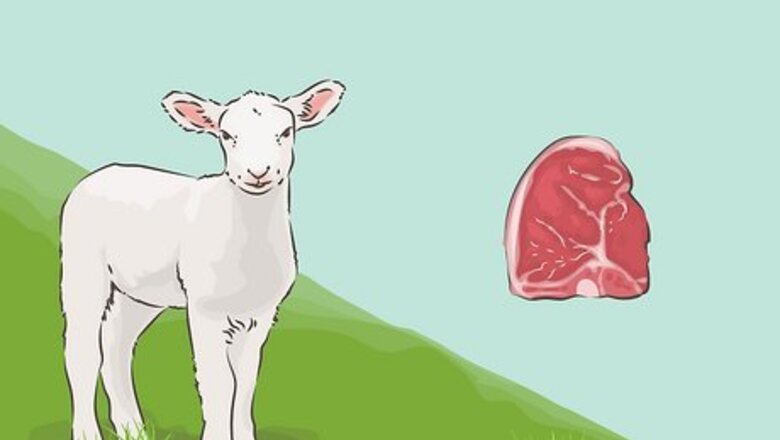
views
- Lamb is the meat of a sheep slaughtered before it’s 1 year old, while mutton is the meat of a sheep slaughtered at any age older than 1 year.
- Lamb meat tends to be more tender and lighter in color, with a milder flavor. Mutton is tougher, darker, more gamey, and stronger in flavor.
- Prepare mutton using a slower cooking method that better tenderizes the meat, like roasting or slow cooking. Prepare lamb by roasting, braising, or grilling it.
- The most common cuts of sheep are the shoulder, rack, loin, leg, shanks, and neck.
What is lamb?
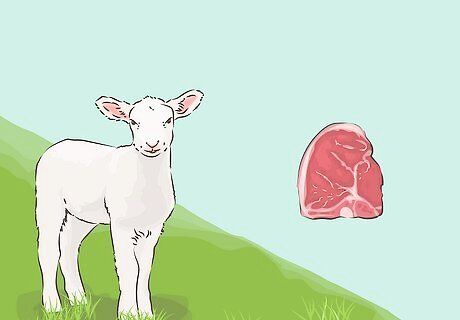
Lamb is sheep that is less than 1 year old. When lamb is slaughtered at a young age (usually about 6-8 months), their meat has a mild flavor, and is generally more tender than when slaughtered at an older age. Lamb also tends to have less fat than full-grown sheep meat, which means the meat is lean. “Spring lamb” refers to lamb that’s slaughtered at 3 months or younger, which produces even more tender, leaner meat. Most sheep meat sold in the U.S. is lamb, largely because lamb is easier and quicker to prepare than mutton.
What is mutton?
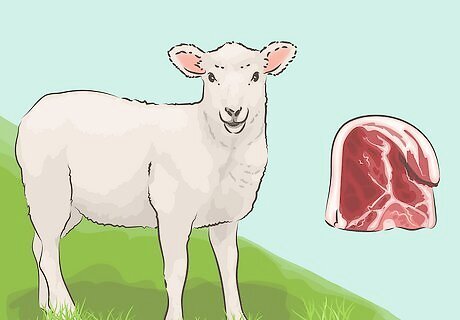
Mutton is meat from a sheep that’s at least 1 year old. While the term refers to any cut from a sheep older than 12 months, these sheep are typically slaughtered when they’re around 3 years old. Mutton is usually a bit tougher and has a stronger flavor than lamb. Many retailers often sell mutton as lamb, since lamb is often priced higher than mutton, despite their differences. Use the guide below to tell them apart.
Key Differences

Flavor Lamb has a mild, understated, and delicate flavor, while mutton often has a stronger, richer, and gamier flavor similar to duck or venison. Sheep meat in general has a stronger and more distinctive flavor than other livestock, and this is due in part to the particular chemical makeup of sheep fat. The term “gamey” refers to meat from animals that are typically hunted, as opposed to raised as livestock. It describes a flavor that’s bolder, earthier, and which has a lingering feel in your mouth.
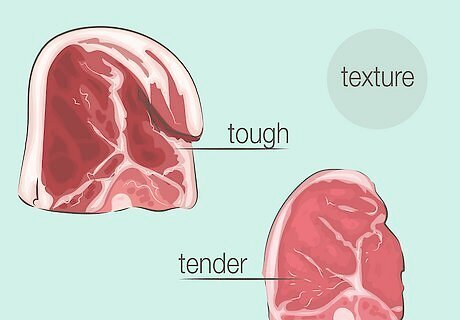
Texture Lamb is significantly more tender than mutton, which tends to be tough and requires longer cooking times and higher temperatures to tenderize. This is because the older the sheep, the more time the collagen in the meat has to form chemical links, which bind the muscle fibers together.
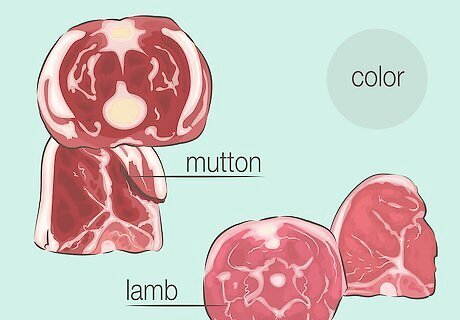
Color Lamb has a lighter pink color that we tend to associate with other common cuts of meat, like pork. Mutton, on the other hand, has a deeper red color more similar to cuts like steak. Like most characteristics of sheep meat, the richer color of mutton is due to its more advanced age, and is associated with richer flavor and tougher meat.
Preparing Lamb & Mutton

Slow cook or stew mutton. Since mutton is much tougher than lamb, the most common methods used to cook it are those that take a little more time. This added cooking time helps tenderize the meat, and also infuse flavors that may not penetrate as easily when using faster cooking methods.
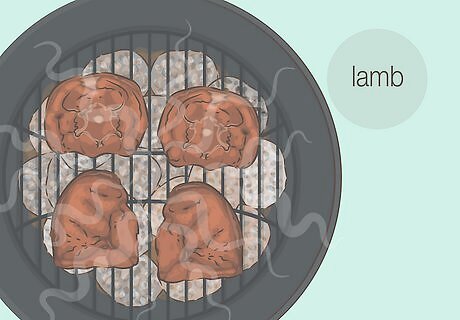
Roast, braise, or grill lamb. Lamb is much more similar to other animal meat in terms of tenderness, and so is often cooked in many more diverse ways than mutton. Because it’s already tender, lamb tends to cook and take on flavor much faster and more easily than mutton.
Cuts
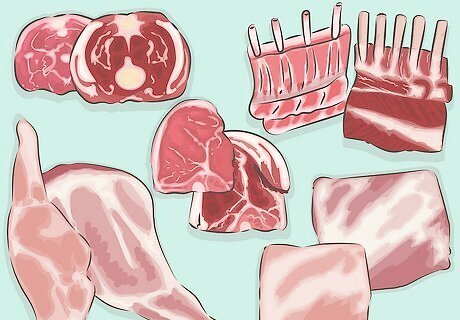
Both lamb and mutton can be found in the same cuts. They come from the same animal, after all! Of course, the key differences apply—lamb cuts will be smaller, milder, and more tender, and mutton cuts will be larger, stronger in flavor, and tougher. What the sheep were fed also influences the flavor; grass-fed sheep will have a bolder, gamier taste, while grain-fed sheep have a milder flavor.Some common include:
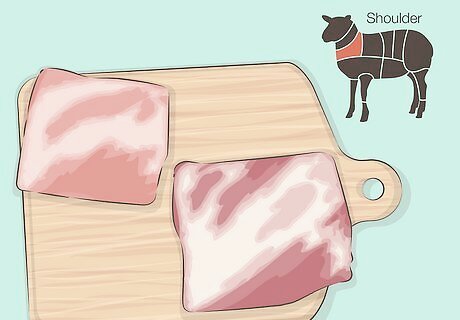
Square-cut shoulder Sheep shoulder is dense, marbled, and sweet. It’s best for slow roasting or braising. Using a marinade is a great way to make this cut special.
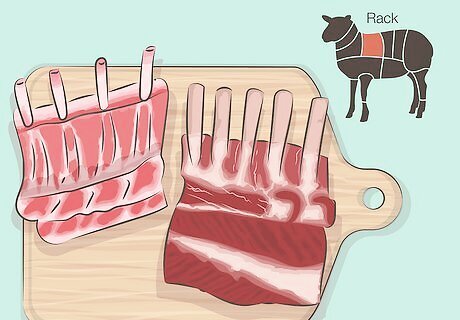
Rack The rack is the ribs and the meat surrounding them. One rack typically has 9 full ribs. These cuts are typically tender and fairly expensive, and are roasted or grilled over high heat.
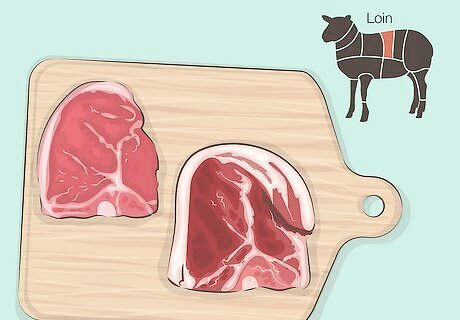
Loin This is the striking, signature T-bone steak of the sheep, and also include the tenderloin. These are lean and tender, and are also the most expensive cut, which is often cooked on the grill or the boiler.
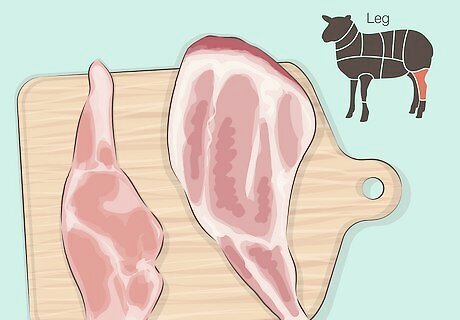
Leg This cut is perhaps the most bang for your buck, since it includes the most meat for a relatively modest price. Often served at holiday dinners, sheep leg is often roasted bone-in. The “shank” is the lower, muscular portion of the leg. Cook shanks by braising them for a deep, intense flavor.
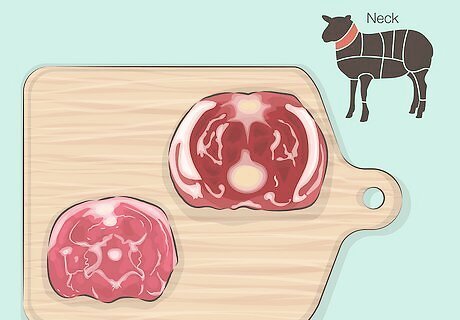
Neck Sheep necks are relatively inexpensive and are comprised of thick, bone-in slabs of meat. They’ve got a high amount of collagen that cooks down for a rich stew or other slow-cooked dish.

















Comments
0 comment